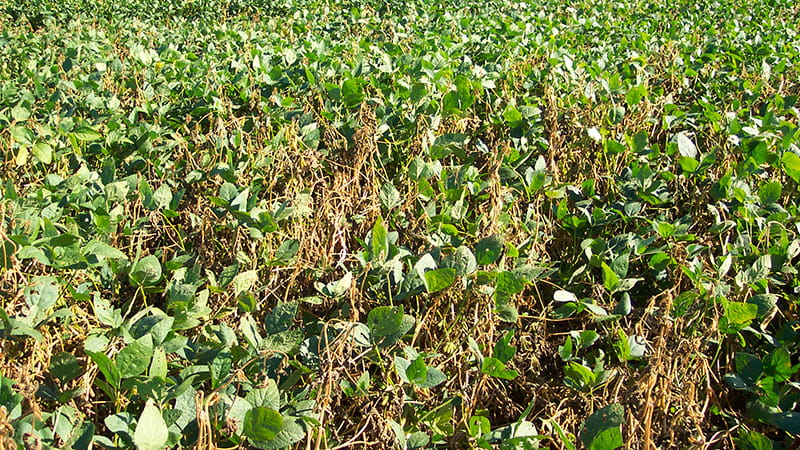
Tips for Plant Disease Scouting
By Shannon Friesen, PAg, Crops Extension Specialist, Moose Jaw
With recent rains and warm weather in the forecast, it is time to start scouting for plant diseases in the field.
Scouting for plant diseases allows for correct identification of pathogens, which helps producers to correctly diagnose issues in the field and make decisions on whether a fungicide application is needed. By scouting earlier in the season, producers can be ready with a management plan before the disease becomes well established and yield losses occur.
Scouting should occur on a regular basis from crop emergence to post-harvest. While drier weather may suggest that disease pressure will be lower than normal, it is important to stay diligent as short bouts of rain and high humidity can quickly cause the situation to change. Being familiar with crop stages, disease life cycles and when the crop is at the highest risk of infection ensures that timely and effective fungicide applications are made.
When scouting, make sure to note areas in the field that should be returned to frequently throughout the growing season. This will allow for differences in plant health to be tracked if needed. In addition, ensure that a minimum of 10 sites are checked in each field so that both diseased and non-diseased areas are represented. Pay extra attention to low areas in the field, areas that have received crop damage or areas that look different from the rest of the field; often these can be hot-spots for disease development.
A W-shape pattern or a large circular pattern should be followed and plants should be assessed at all levels in the crop canopy. Symptoms may be found in patches, scattered across the field or limited to the headlands. Pull some plants and closely look at the roots and leaves for anything that does not look healthy. Dirt specks can often be misidentified as disease so remember to rub these with your thumb; if they come off, they are most likely not disease. Keep in mind that other stresses in the field can look similar to diseases – including herbicide injury, environmental stress, insect damage and nutrient deficiencies. Therefore, it is important to identify different crop damage in the field so that a proper diagnosis can be made and a solid management plan can be put in place.
A disease scouting kit can be very beneficial when scouting crops. This kit should include a magnifying glass for looking at and identifying disease symptoms, a trowel for digging intact plants up, a digital camera for pictures, a GPS to mark spots, paper bags and other containers for collecting samples, and reference materials that will help properly identify the suspected disease. Following proper biosecurity protocols should always be the top concern when scouting fields; wear disposable boot covers or carry a spray bottle of diluted bleach to clean off boots or scouting equipment that have been in the field.
Samples of unknown diseases or plants with symptoms that cannot be easily identified can be sent to the Crop Protection Laboratory in Regina for identification. Make sure to bring a cooler with an ice pack to prevent the samples from wilting during transport. For more information on plant disease identification and biosecurity for preventing the introduction of pests, contact your local crops extension specialist or phone the Agriculture Knowledge Centre at 1-866-457-2377.
For the latest information and for more updates on everything Kindersley ‘Like’ the Kindersley Social Facebook page below…








































